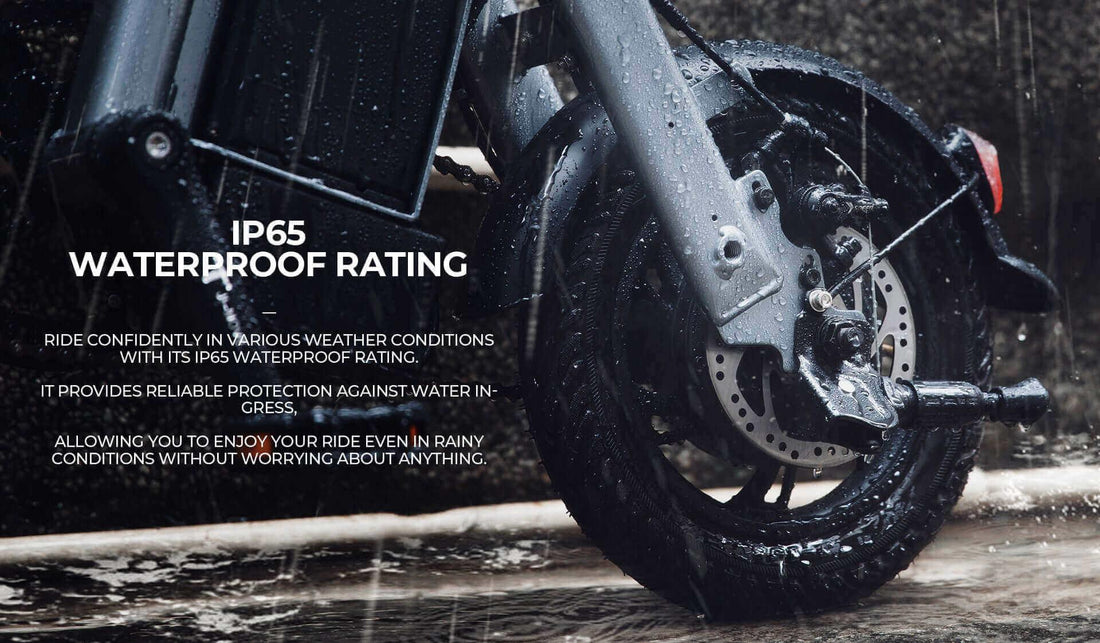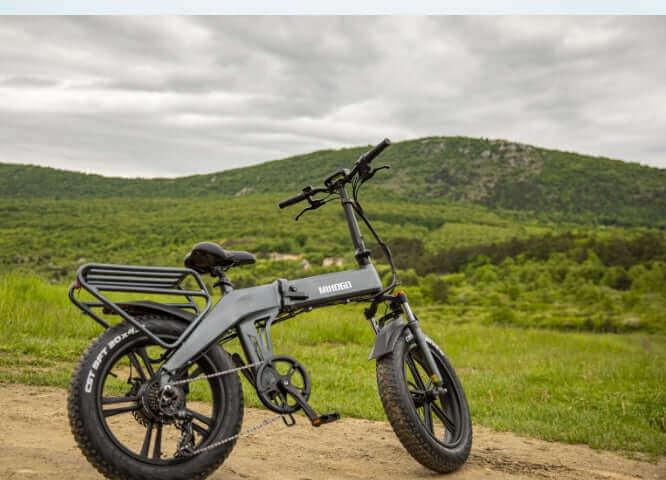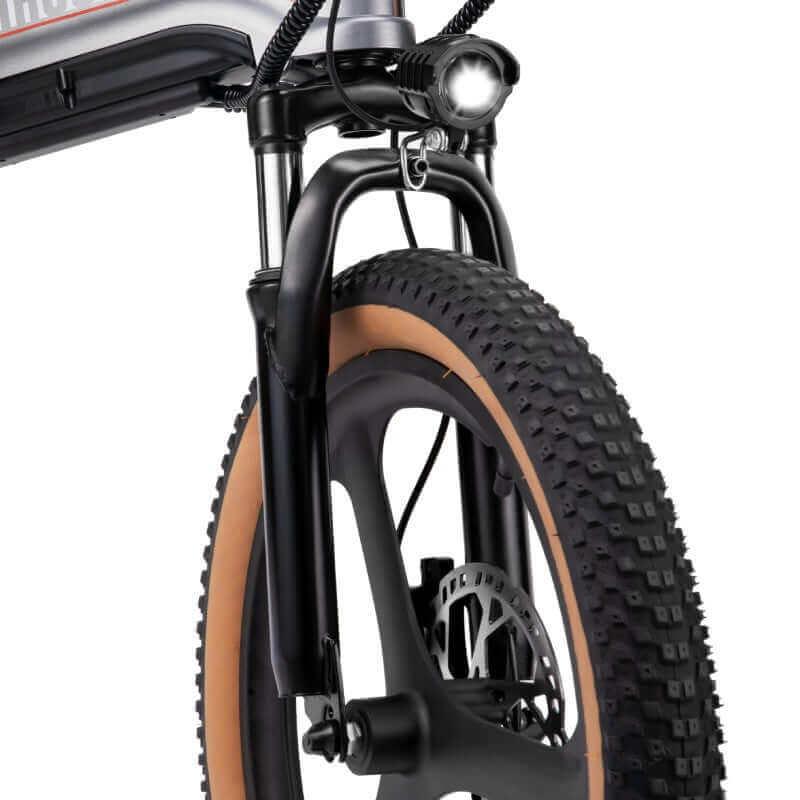The golden years should be filled with enjoyment and healthy activities. One such activity that proves beneficial and fun for seniors is cycling. It provides a combination of physical workout and opportunities to enjoy the great outdoors. However, choosing the best bicycle for seniors can be a daunting task due to the overwhelming number of options available. This article will guide you to the best bike for a 70-year-old woman, the best motorcycle for a 60-year-old man, or the best bicycle for a 50-year-old man. We'll cover everything from comfort bikes, recumbent bikes, e-bikes, and bikes designed for those with balance issues.
1. Understanding the Needs of Senior Cyclists
Before diving into the specific models, it's important to comprehend the unique needs of senior riders. As we age, our body's ability to balance, flexibility, and endurance might diminish. Therefore, the best bicycles for seniors should account for these aspects. They should be easy to mount and dismount, have a comfortable saddle, and offer good balance, just like the best bike for older adults.
2. Best Step Through Bikes
Step-through bikes are fantastic for seniors as they eliminate the need to swing a leg over the bike. This feature makes them an ideal bicycle for short adults and a top choice as the best bicycle for exercise.
3. Comfort Bikes for Seniors
As the name suggests, these bikes prioritize comfort, making them the best bikes for seniors. Comfort bikes often have a plush saddle, an upright seating posture, and are great bikes for adults with balance problems.
4. Top-Rated Recumbent Bikes for Seniors
Recumbent bikes are popular among seniors due to their low-impact nature. They allow riders to recline while pedaling, making them the ideal exercise bike for elderly people and the perfect bicycle for older adults.
5. Best Bikes for Exercise
For those looking to stay fit and healthy, choosing the best bike for exercise is essential. Hybrid bikes, such as the Mihogo series, offer versatility for riding on various terrains, making them great as bicycles for seniors.
6. The Rise of E-Bikes for Seniors
E-bikes, or electric bikes, provide a boost to your pedaling efforts, making them ideal for seniors or those with limited stamina. An e-bike for seniors such as the MIHOGO RX 2.4, offers an approachable step-through design, upright ride position, and powerful electric motor. They can also be the best outdoor bikes for exercise for seniors who want to ride longer distances without fatigue.
7. Mountain Biking for Seniors
Mountain biking isn't just for the young. With the right equipment, it can be an enjoyable hobby for seniors too. Bikes like the MIHOGO NX, considered one of the best mountain bikes for seniors, offer a comfortable riding position, robust construction, and good suspension, making it a good fit for adventurous seniors.
8. Best Bikes for Plus Size Seniors
Cycling can be a great activity for plus size individuals, but they require a bike that can support additional weight while still offering comfort and stability. Bikes like the sixthreezero Around the Block Cruiser are designed to handle higher weights while ensuring a smooth and comfortable ride.
9. Final Thoughts on Cycling for Seniors
Regardless of whether it's an old man on a bicycle, an old lady on a bike, or a senior biking group, the health and social benefits of cycling can't be overstated. Studies, including a 2020 study, show that regular cycling can improve cardiovascular health, mental well-being, and overall quality of life.
If you're looking to join a group of like-minded seniors, consider the cycling clubs for over 60s near me or cycling clubs for over 50 near me. They are excellent platforms to meet fellow cycling enthusiasts, explore new routes, and stay motivated.
Moreover, the increasing popularity of e-bikes for seniors and recumbent bicycles for seniors are making cycling more accessible to a wider range of fitness levels and abilities. Organizations like PeopleForBikes and Wisconsin Bike Fed are continually working to promote cycling for all ages and abilities, making cycling an inclusive and enjoyable activity for everyone.
Conclusion
The easiest bike to ride for seniors would be one that caters to their comfort, provides support for balance, and matches their fitness levels. Options range from comfort bikes for seniors to recumbent bikes for seniors, each with its unique benefits. Besides providing physical exercise, biking has been proven transformative for many older riders, providing social interaction, mental health benefits, and a sense of independence. With this guide's help, you should now be able to make an informed decision about the best bike for seniors. Happy cycling!








